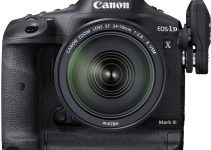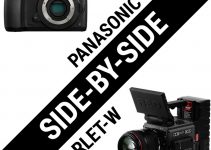Canon is a huge brand in the camera industry and even though they may not always be the first to the party, when they show up they tend to do things big. Think about the 5D Mark II.
It wasn’t the first DSLR with high-quality video recording, but it was the camera that changed everything. Jumping off of that success Canon decided to make something a bit better tuned to filmmakers – that’s how we ended up with the original C300.
This camera is legendary as it delivered broadcast-ready footage with a Super35 sensor and the popular EF mount. It also featured controls expected of a cinema camera. Let’s take a look back at the C300 with CVP.
History
It isn’t hyperbolic to say that the release of the original C300 changed the direction of the camera industry.
The pieces that came together to make the C300 were a demand for quality, large-sensor cameras that were portable and could fit right in with existing broadcast workflows.
The spec of recording Full HD at 15 Mbps in 8-bit 4:2:2 – the requirement for broadcast acquisition. By using a 4K sensor and downsampling in camera it was able to create a spectacular image. It was hard to beat.
Documentary productions are what helped the C300 take hold and stay dominant. In 2023, the Sundance Film Festival had eight documentaries premiere that used a C300.
It was easily the most used camera and the number two spot was held by the very similar C500 if that tells you anything about the success of the lineup.
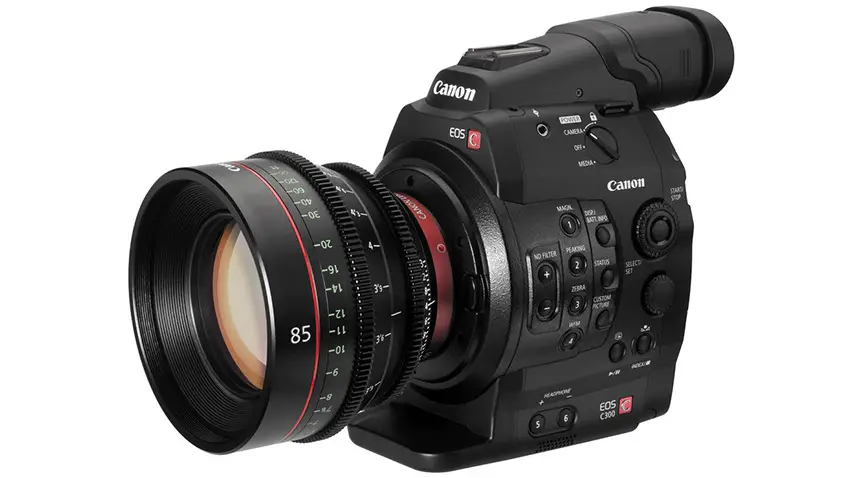
Image Credit: Canon
Competition came fairly quickly with the release of the Sony FS7. This brought excellent ergonomics, a similar Super 35mm sensor with great dynamic range, and, critically, 4K recording all at a better price.
The response was the release of the C300 Mark II in 2015. The improved internal recording options, including 10-bit 4K, and better autofocus put the C300 back in the spotlight.
Naturally, after many years Canon did release another update, the C300 Mark III, which brought tons of improvements and is the current version you can pick up today.
Color Science
Canon has been known for having great color science. Its slightly warmer tones make people and skin tones look great without having to manipulate the footage all that much. The C300 has always delivered this color.
The Mark III brought out a brand-new Super 35mm sensor with Dual Gain Output tech that is absolutely amazing. Rated to up to 16 stops of dynamic range and having great low-light performance have elevated an already great system.
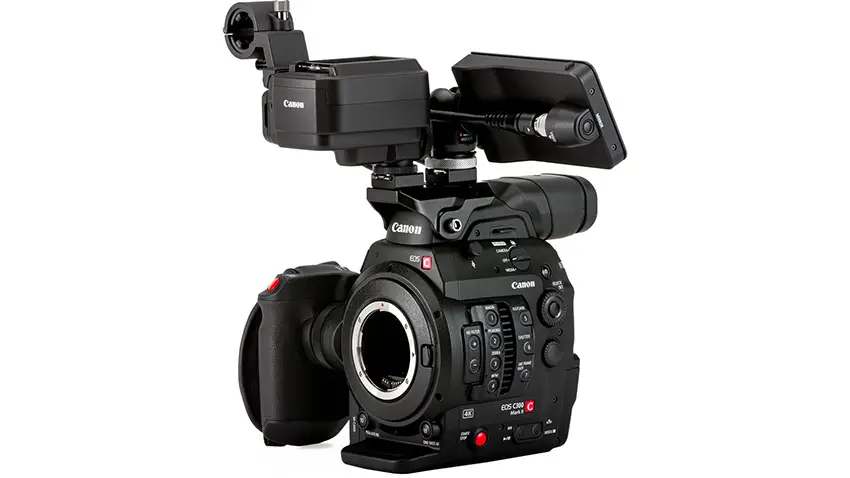
Image Credit: Canon
Quality of Life
Being able to easily use the camera has been an important part of any cinema camera. The C300 is no exception.
Obvious benefits compared to things like DSLRs or even some compact cinema cameras including a built-in ND filter system and dual full-size XLR inputs. Makes it easy to just pick it up and go.
Having inputs and outputs is essential. The C300 packed it all in. You would find timecode and genlock, remote, HDMI, SDI, headphone out, and more on the back and side of the camera.
The design was a bit boxy and could get tall when you added the top handle and a couple accessories. It made it excellent for handheld shooting but less ideal for shoulder mounting without some rigging.
With the Mark III some of those issues were worked out. The XLR inputs are located on the body and the monitor is now easily removed and mounted elsewhere.
Operation
The button layout and menu are easy to wrap your head around. It’s quick and intuitive to use, which makes life very easy when on the move. It’s been optimized for solo operators and this design hasn’t changed all that much over the past decade.
The Mark III brings a bit of modularity as well. This makes it easy to get it rigged up in a gimbal or on a drone if needed or built up with extra modules for maximum functionality.
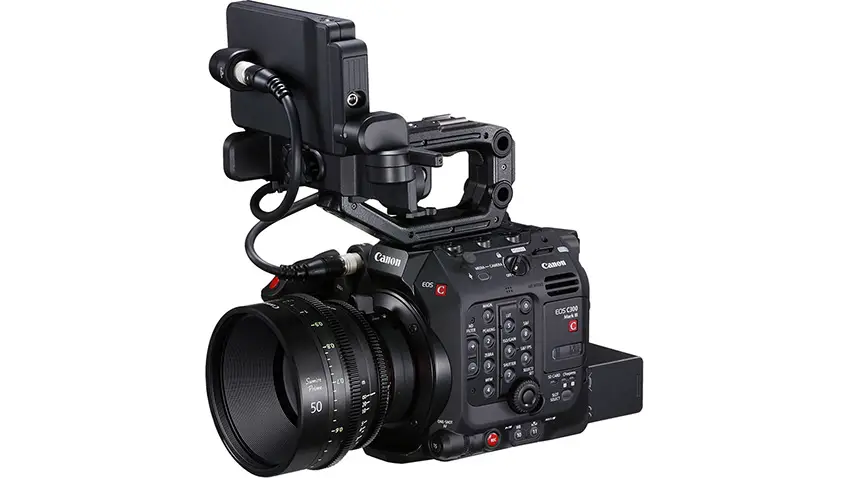
Image Credit: Canon
EVFs were built into the Mark I and Mark II, which was nice to have, but for those that didn’t need it or use it it was an extra bit on the camera. The C300 Mark III makes it an optional accessory so you can add and remove as you see fit.
The dual card slots have also been absolutely essential for reliability in the field. All the C300s have had this feature, though the Mark III does upgrade to CFexpress Type B.
Durability is not a question with the C300 either. These cameras have been through some rough shoots if you check out its filmography and they are built like a tank to handle professional use.
Autofocus
This may be one of the more interesting deciding factors for this camera. Cinema cameras have traditionally not used autofocus at all. The C300 has always had some form of AF. While the Mark I’s was fairly primitive, the Mark II brought out Dual Pixel tech. This made video autofocus usable.
Using EF lenses has what made this camera such a popular choice. The electronic control and AF options made it a great option for run-and-gun use. It was also much more affordable.
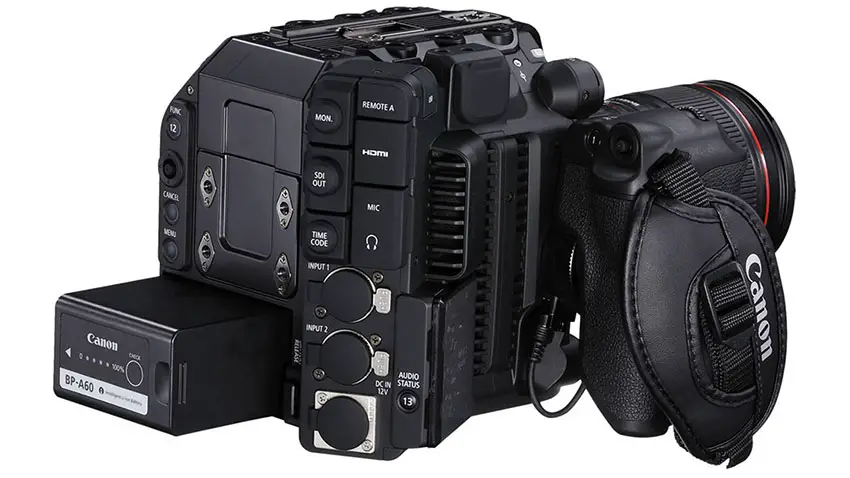
Image Credit: Canon
Current Picks
The alternative pick to the C300 Mark III would be the C70. It’s smaller and lighter and uses the mirrorless RF mount. It’s also lacking a bunch of those more professional features found on the C300 Mark III. That’ll be up to you.
Used you can probably find a deal on the Mark I and Mark II. Otherwise, it’s definitely worth still picking up a Mark III as it has come down in price over the past few years.
All this adds up to a camera system that has had a lasting impact on the industry and continues to evolve with it. It’ll be interesting to see where it goes from here.
Have you used a C300?
[source: CVP]
Order Links:
- Canon EOS C300 Mark III Cinema Camera (B&H)
Disclaimer: As an Amazon Associate partner and participant in B&H and Adorama Affiliate programmes, we earn a small comission from each purchase made through the affiliate links listed above at no additional cost to you.


